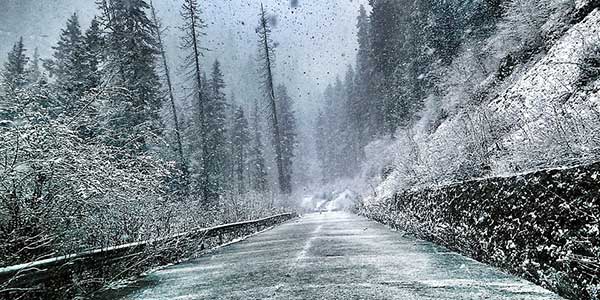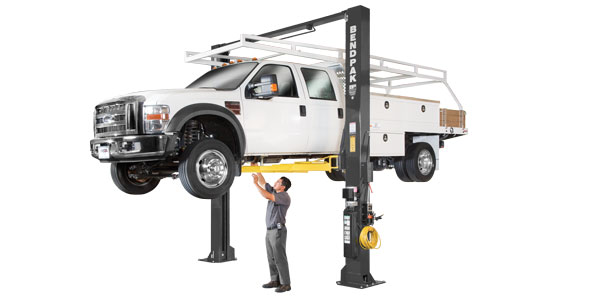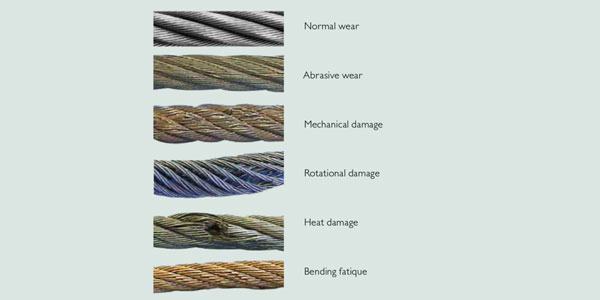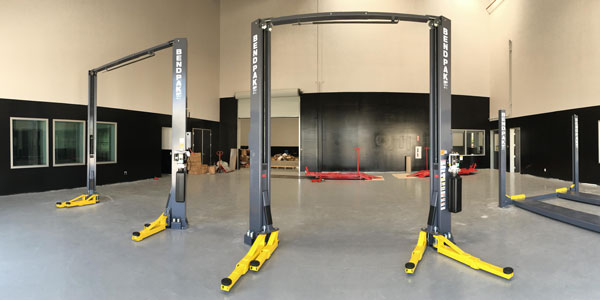With temperatures continuing to dip and clouds beginning to form, it won’t be long ’til Old Man Winter’s wrath of rain, sleet, and snow begins to pelt roadways. Combine nature’s moisture with cold temperatures and there are many things to consider when getting ready for winter driving, especially in the colder regions of the country.
Tim Miller, Goodyear’s commercial tire marketing communications manager, gives some pointers on how to prepare for winter driving.
Choose the right tread: Having an “aggressive” drive axle tread pattern is very important for single drive axle tractors and straight trucks. A pattern with lots of lugs will dig into snow and provide better traction. If you run a tandem-axle rig, you’re doubling the drive and traction and, depending upon the severity of weather, can get enough grip with traditional over-the-road drive tires that are designed for good traction and long miles to removal.
It is important to have lots of gripping edges for traction improvement in snowy or slushy conditions. Ice presents its own set of challenges, which even the most aggressive tires can’t handle. One way to help fight ice and slippery road conditions is to sipe tires. Studies at Goodyear show that tires that have been siped have measurable improvement in winter traction. However, some lug tires, when siped, may be prone to tread tearing on dry pavement. Tire dealers can provide more information prior to siping.
Tread Depth: It’s common sense that a tire with lots of tread will have more traction than a tire on its last 32nds. While most fleets remove tires with a worn tread depth value of 4/32nds in the spring and summer months, that’s not a recommended practice for winter travel. In the winter, it’s recommended that tread be removed at 8/32nds. Tires that are pulled early can be placed on trailers or put in racks until spring arrives.
Checking tire pressure: Always check tire air pressures (when the tires are cold) before vehicles begin a day at work. Because air pressures fall 1 lb. for every 10-degree F drop in ambient temperature, check tire pressures in the heat of the day. Tires may give readings that are 2 or 3 PSI lower the next morning after a night of cooler weather.
But what happens when the temperatures are extremely low, like, 20 or 30 degrees below zero? Air-pressure loss is even greater than normal. In Alaska or parts of Canada when it’s 45 below, you might lose 2 PSI for every 7-degree drop in ambient temperature. If you have trucks in the shop for six hours where it’s nice and warm and you fill to 70 PSI, the inflation pressure may not be adequate for the kind of weight you’re hauling. You might need 90 PSI or more.
When you take an air pressure reading, moist air comes out of the valve stem and can freeze on the spot, which can cause the valve to stick. If you encounter bitter cold weather and you need to check tire air pressures, do it in the shop where it’s warmer to avoid the risk of a stuck valve. When you fill the tires, remember to compensate for greater pressure drop, which happens in extreme cold.
A word about chains: If you do proper chain-ups, you’ll have no negative impact on tire life. But, if chains are not tight enough, or if you run on chains after they’re needed, tires will face the consequences, which may mean an early trip to the scrap pile.
If you have new drivers, training on chaining-up should be conducted. Often times you can call on your tire dealer for assistance in putting together a winter driving class which will include information on best practices for chaining tires.




